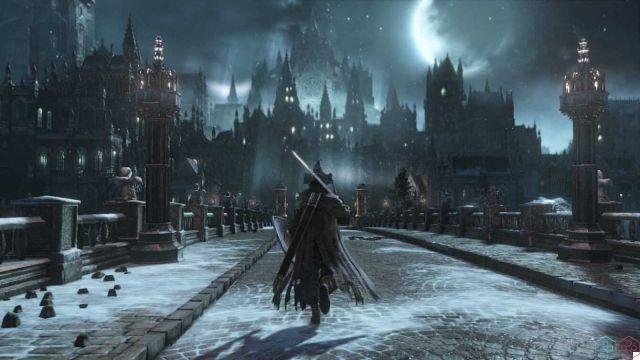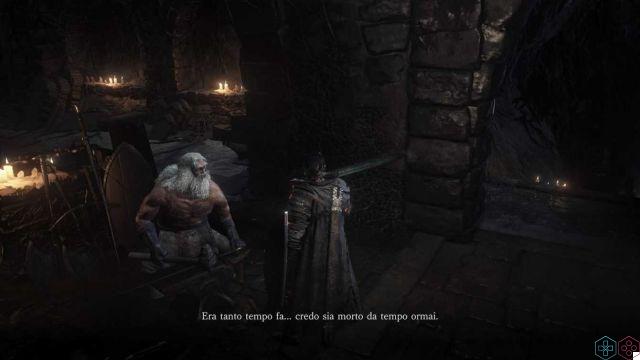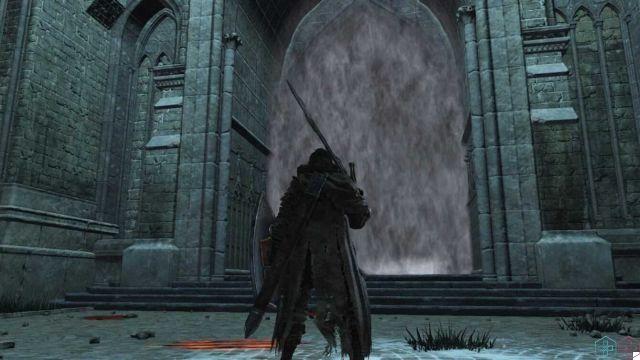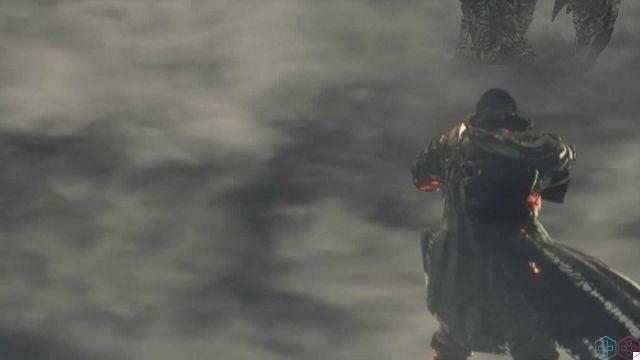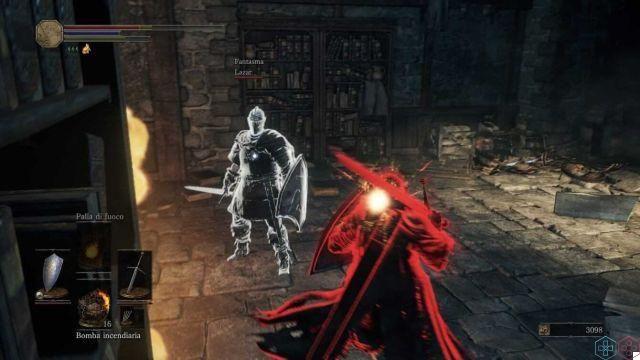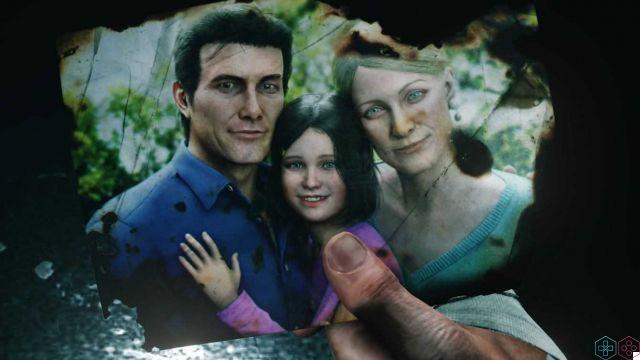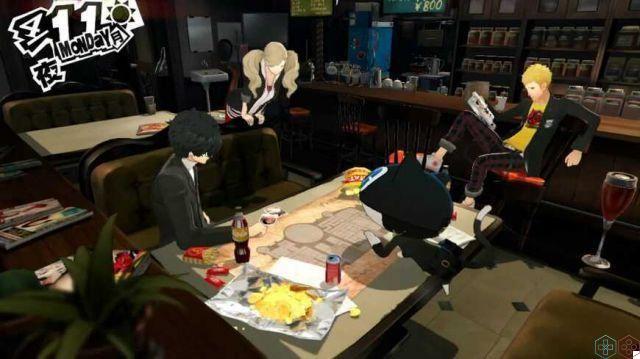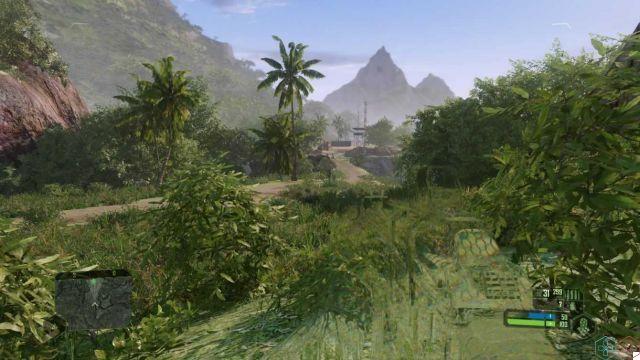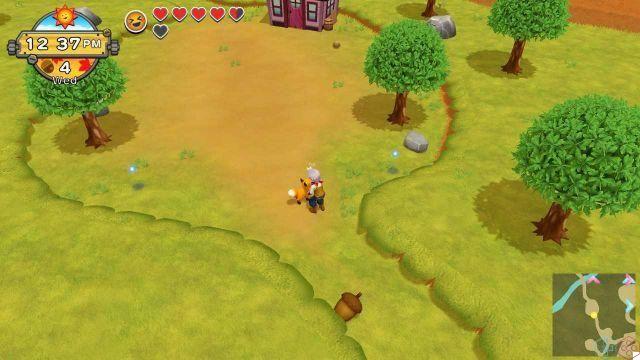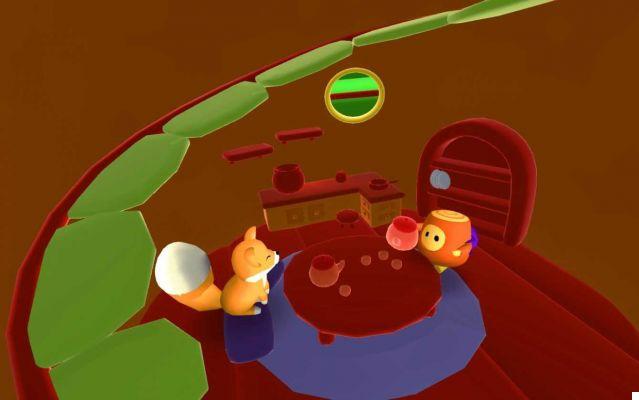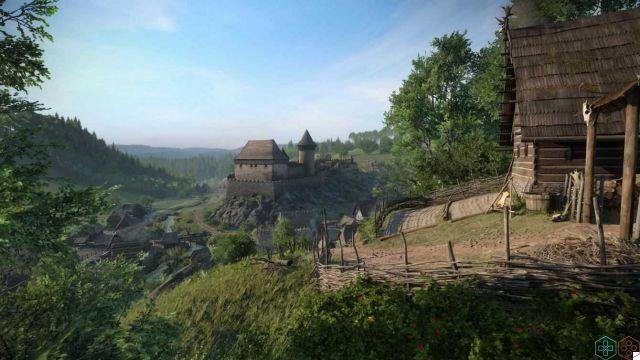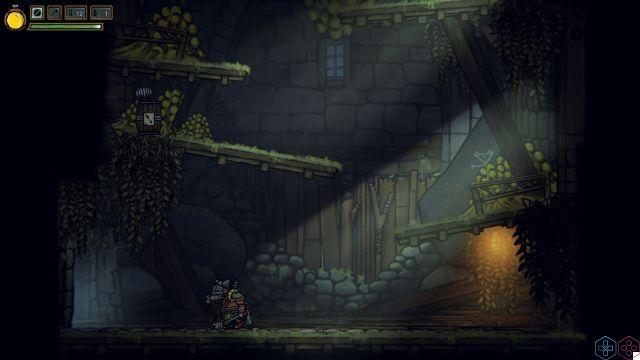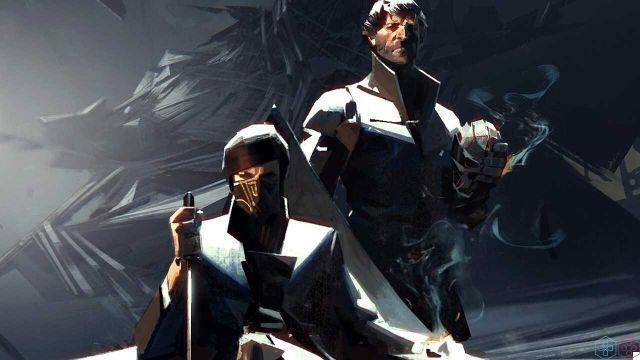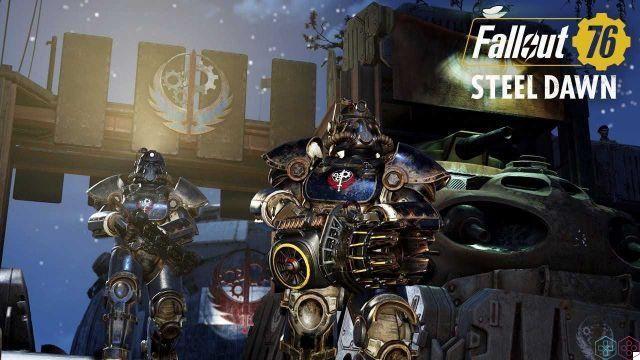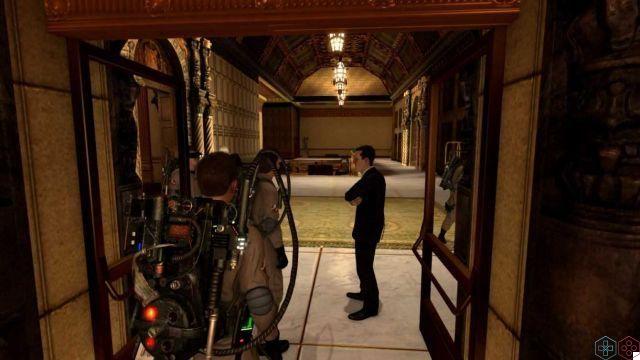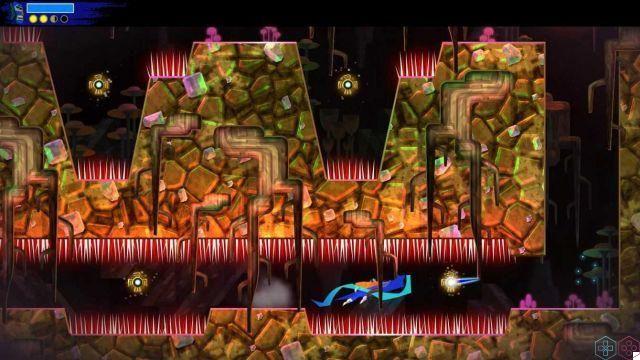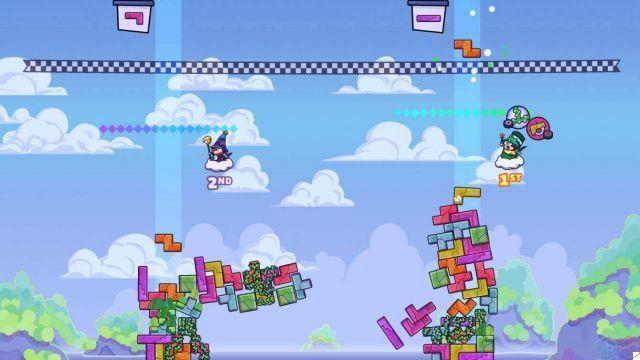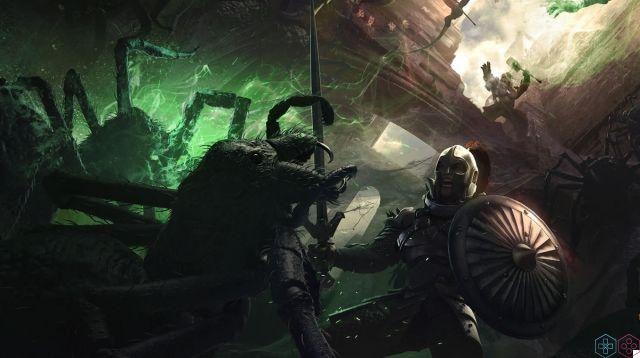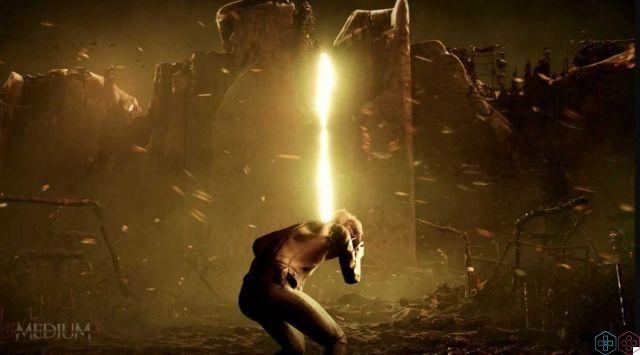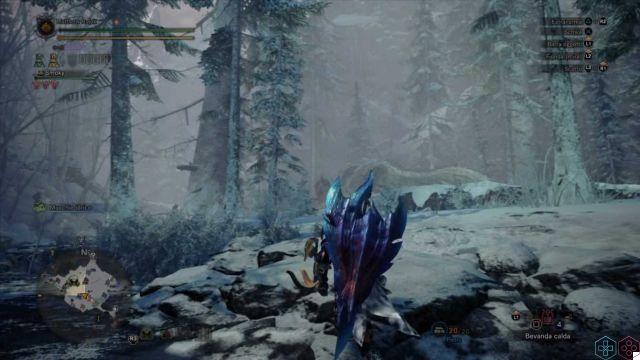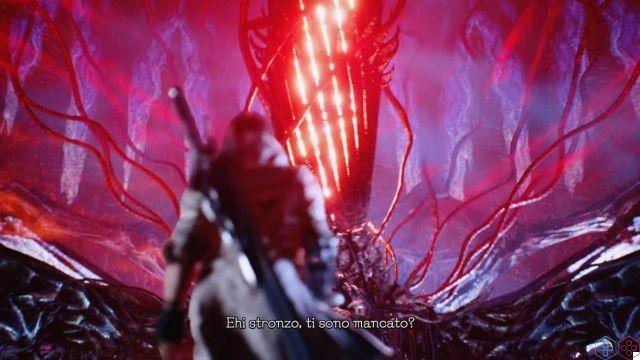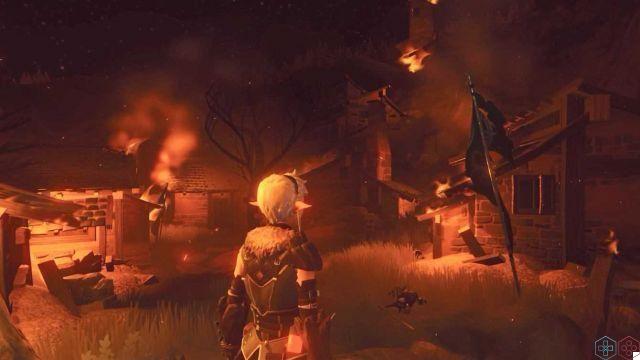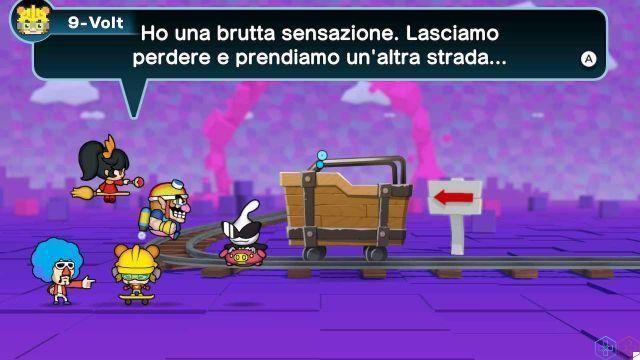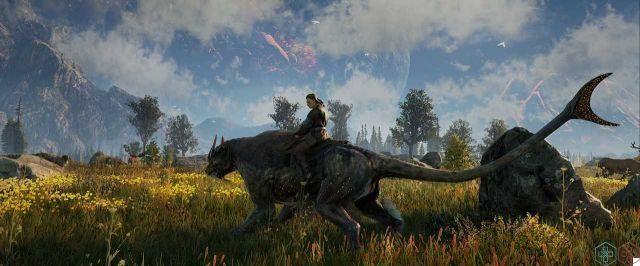Finally the review of Dark Souls III, FromSoftware's latest effort. All the best of the series, in one fantastic episode
The obsessive attention to detail that has been the master in the creation of the game world is immediately grasped, the atmosphere that welcomes the player makes you feel literally at home, from the first minute.
Going further then, the citations to all the other products of the house immediately catch the eye FromSoftware, and the intention of wanting to render is clear Dark Souls III a product that embodies the good that has been done in the past, starting with Demon's Souls (whose mechanics had up to now been partly sent into oblivion) to get to BloodBorne (from which the innovations of the series with respect to the other chapters were taken) based on the foundations laid by Dark Souls but without forgetting either Dark Souls II, going to grasp the good that had been done. A truly inviting business card for anyone who is about to make their first trip to Lothric.
|
| Lothric, a place full of manicured landscapes. |
Plot and game world
The world we are projected into is Lothric. It is very reminiscent of the decadence of Lordran and Drangleic, taking different aspects from the latter, but there are many details that make its exploration a completely new experience. The central Hub, on the other hand, does a lot of Boletaria, and the first thing you can notice is the exasperated (personally appreciated) quotation that is the master.
The tutorial is short-lived as it pertains to the series Souls, but of great emotional impact. The first Boss encountered in our path, which seems initially placed there just to introduce the player to the combat system, has its own justification of Lore (which is a hidden secret ... but that's another story). Lore of the game that appears clear right away, as always hidden in the descriptions of the objects in the setting itself with a mysterious charm that pushes you to explore every nook and cranny to find an object that tells you about that place. Not wanting to spoil you it is really difficult to explain this feeling.
The exploration of the world is pleasant, but it could make someone turn up their noses: we are facing a hybrid between the first two chapters of the series. If in the first chapter we had the opportunity to go practically anywhere from the beginning of the game (Catacomb, Petite Londo, Città Infame) and in the second we had a more guided path (partially open then in the re-edition of the title) now we are faced with a path that poses the player always in front of a crossroads but which (unfortunately) eliminates the risk of being in places where you shouldn't put your nose. This does not mean that the risk of getting lost is always very high even for an experienced player since Lothric is more developed vertically than horizontally and this catches a little off guard at the beginning.
The secrets of the game are traditionally well hidden, but in plain sight. Retracing one's steps, one often sees paths and objects that are lost sight of the first passage in “obvious” places, but which become so only on the way back; it is simplicity that hides things. The player is thus obliged to keep in mind where he passed and to mark those doors that “open from the other side” as they are the key to understanding whether the area has been explored well or not.
|
| Quotes always present ... the memories of the blacksmith. |
Boss
Less numerous, but better characterized than Dark Souls II, the Bosses we meet during our journey always have their own story behind them, which tells us a piece of the puzzle that the player will compose to finish their journey.
Graphically very inspired, each Boss stands in front of us like a wall, an obstacle to be overcome that can seem insurmountable to an inexperienced eye. The "die and learn" philosophy in this case works very well, observation is the key to "smash the bosses". This is because we are facing a "return to origins" with an evolution of combat in style BloodBorne: no Boss will do you disproportionate damage but will punish your levity by leaving you only one chance to fix it.
It may seem too severe but I think this is right, knowing how to manage your resources and learn about the Boss, become familiar with his moveset (because each attack sequence has its own patterns and is NOT random as it happened in Dark Souls II) and dodging or parrying at the right time in a world free from tracking is a real pleasure. Don't be greedy is my advice.
I can tell you that no Boss is really too difficult, only a couple of them gave me too many headaches, but in the end all of them were defeated without too much trouble and, very importantly, in no case did the deaths come because of the room or the street. problems related to poorly managed areas of effect or other, it is always the fault of a player error, not a bug or a wrong mechanic (as often happened in Dark Souls II, and on a couple of occasions also in Dark Souls).
The paths to get to the Bosses are often full of enemies but, even here, it's just a matter of understanding which is the shortest path (after opening the various shortcuts) and how to avoid attacks without taking damage. In words it may seem difficult but in practice it turns out to be easy and intuitive: running away is not always a sign of cowardice.
|
| Fog ... bad sign? |
Combat System
This is the component of the game that has been most (positively) influenced by the experimentation of BloodBorne. We are faced with an obvious but at-home improvement in the combat system: you immediately notice the difference and the detachment from the other chapters, but you immediately feel at home.
The idea of going back to basics with the “del Mana” bar is fantastic Demon's Souls: this eliminates the problem of the limited uses of the first chapter, of the infinite consumables of the second (and the crown of the Iron King ... the most relieving object ever conceived for a spellcaster in a Souls) since we have flasks specially created and dedicated to restoring the latter. A nice novelty that puts the player in front of a choice: more uses of spells or more HP recovery? The correct (but also incorrect) management by the player creates many "nice" situations.
The armor is no longer "upgradeable" (we therefore avoid the hours spent farming materials and souls for this purpose) and it is possible to find in large quantities (perhaps less than in Dark Souls II) moreover the management of the defense characteristic seems to have a certain coherence unlike what happened to me in the first chapter (armor of Havel = God) or in the second (any armor showed a ridiculous absorption of damage). Speaking of features, we are faced with something really understandable (for once), the experienced player will have no problems creating an excellent Build from the first Run, and the novice player will be able to rearrange their characteristics from scratch by going "from right acquaintances ”, a good compromise in my opinion.
Weapons are perhaps the component of the game that has suffered less from this work of innovation, of course there are special movset that allow you to consume mana even for the PG purely melee but the approach is very, very classic. Of course the new Dual Wielding is certainly more correct and avoids being faced with some nonsense (for example random guy who runs with two Hammers of the Forge so to give an example ... the experience of BloodBorne it was fundamental in this sense) but in the end the expert player will tend to use the same weapons he had loved in previous chapters, finding himself from time to time to experiment with something new in search of the ultimate weapon. Instead, it will be the new player who tries a Souls for the first time to be amazed by the weapons and their variety, I will probably have a lot of indecision in choosing which to upgrade and which not.
Another key factor is the return of unique movsets as weapons only share skill with weapons of the same type. Another important step forward was made with bows and crossbows, we are faced with a great improvement in the aiming system and in the expense / yield balance of the arrows that makes it possible to create a character that makes an exclusive use of them. Also the most popular novelty, in my opinion, (which was taken from BloodBorne) is the idea that knives and bombs scale in damage in step with the characteristics of the character: in this way they retain their usefulness within the whole game and do not end up becoming useless in the continuation.
Concluding therefore a renewed Combat System, which manages to improve a lot compared to the other chapters of the series without changing its consolidated nature.
|
| Nothing ahead, or maybe just another enemy? |
Online multiplayer
It may seem like the limit but this is the part that, at least for now, has convinced me less. It is clear that in this chapter practically all the Pacts are multiplayer oriented and how they are easily activated through an object that can be equipped at any time, but there are still too many problems of a technical nature.
Of course, multiplayer is certainly the component that can be tested less during development and, if in front of the bonfire bug (now fixed) you can move on, perhaps turning up your nose, the same cannot be said of some other aspects. For example, some Boss mists do not allow the summoned players to be able to cross them (yet the boss has an increased life as usual) putting the player in an incredibly uncomfortable situation. There is also a never-before-seen frequency of “impossible to evoke” errors, so much so that when someone finally manages to be called back, you almost jump for joy. Another thing I have noticed is the presence of too many people who "mind their own business" and do not follow the player who asked for help in their world, of course it is all attributable to the players and not to FromSoftware, but a system to report these unkind people would have been very welcome (since the time of the first chapter actually).
The lack of rings dedicated to the evocations of one's friends makes everything more complicated, constituting a step backwards compared to Dark Souls II. Furthermore, the problem of the "beautiful figurine" is found all too often, that is of a ghost or dark spirit that moves as if it were a statue sliding on the ground and without showing in any way the actions performed by the player: this makes the iterations in pvp slightly unbalanced ... how can you react quickly if you don't see the opponent? The lag problem is the only one where there is a serious improvement: it is much more difficult to find people teleporting around (and whoever has played the other chapters knows what I mean). In short, there is a lot to work on multiplayer, at the moment the experience is too tainted by technical problems.
|
| Observe well, character standing in front of me, and my stamina and vitality that descend ... from whom am I defending myself? |
Conclusions
I can be satisfied with this new chapter of the series, I really appreciated the management of the endings, the Bosses, the locations and the citations, a little less the Multiplayer but I am counting on the fact that all the various problems that are currently present will be fixed in the future. . As I said in the first impressions, a title certainly recommended even to those who have not tried the other chapters (the invitation to retrieve them, however, is always valid) that will give great emotions to those who want to be entertained by this adventure.
9.2 MasterpieceSummary
A title certainly recommended even to those who have not tried the other chapters (the invitation to retrieve them, however, is always valid) that will give great emotions to those who want to be entertained by this adventure.




